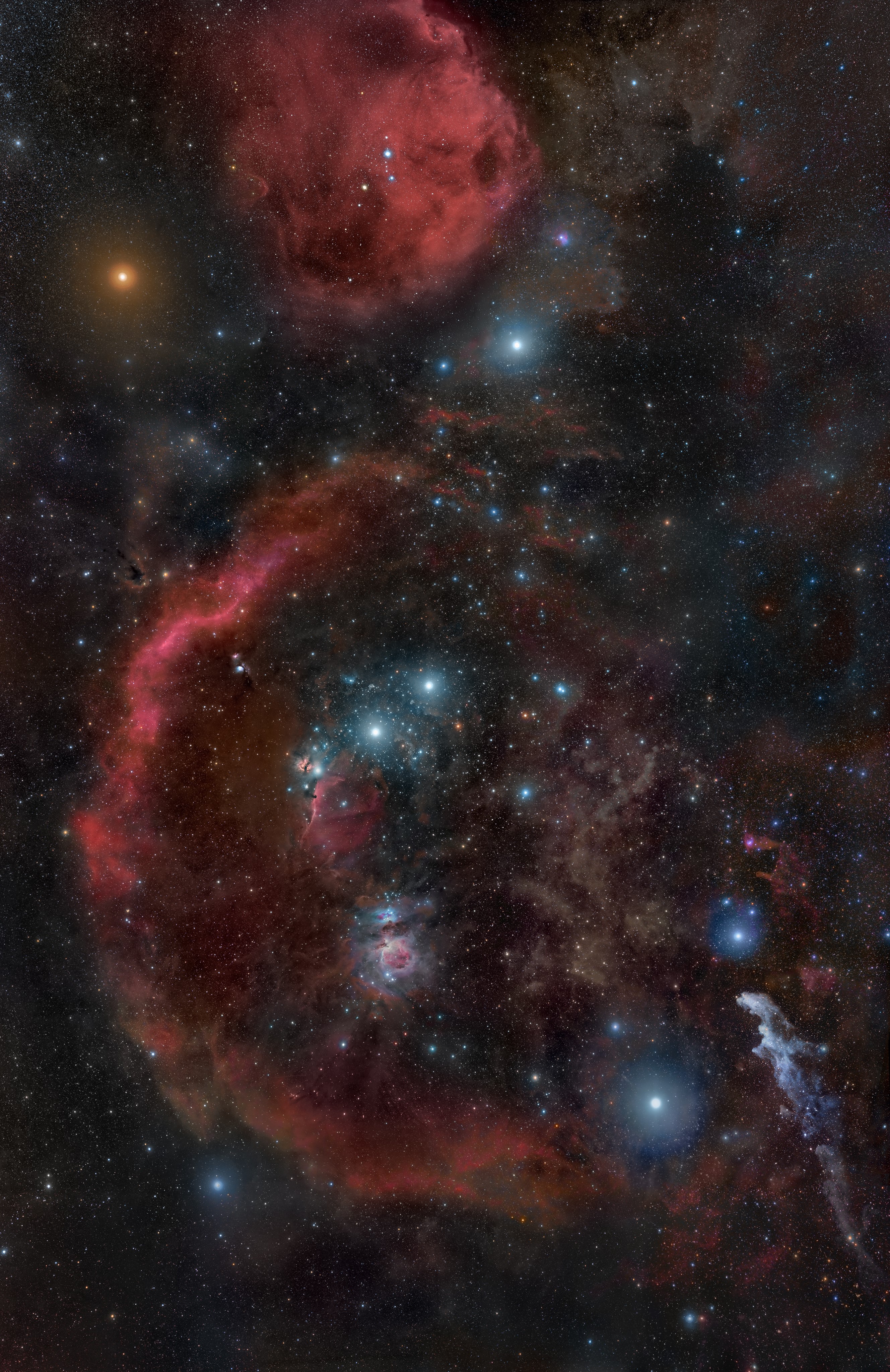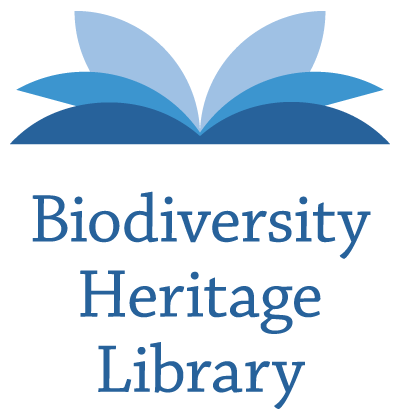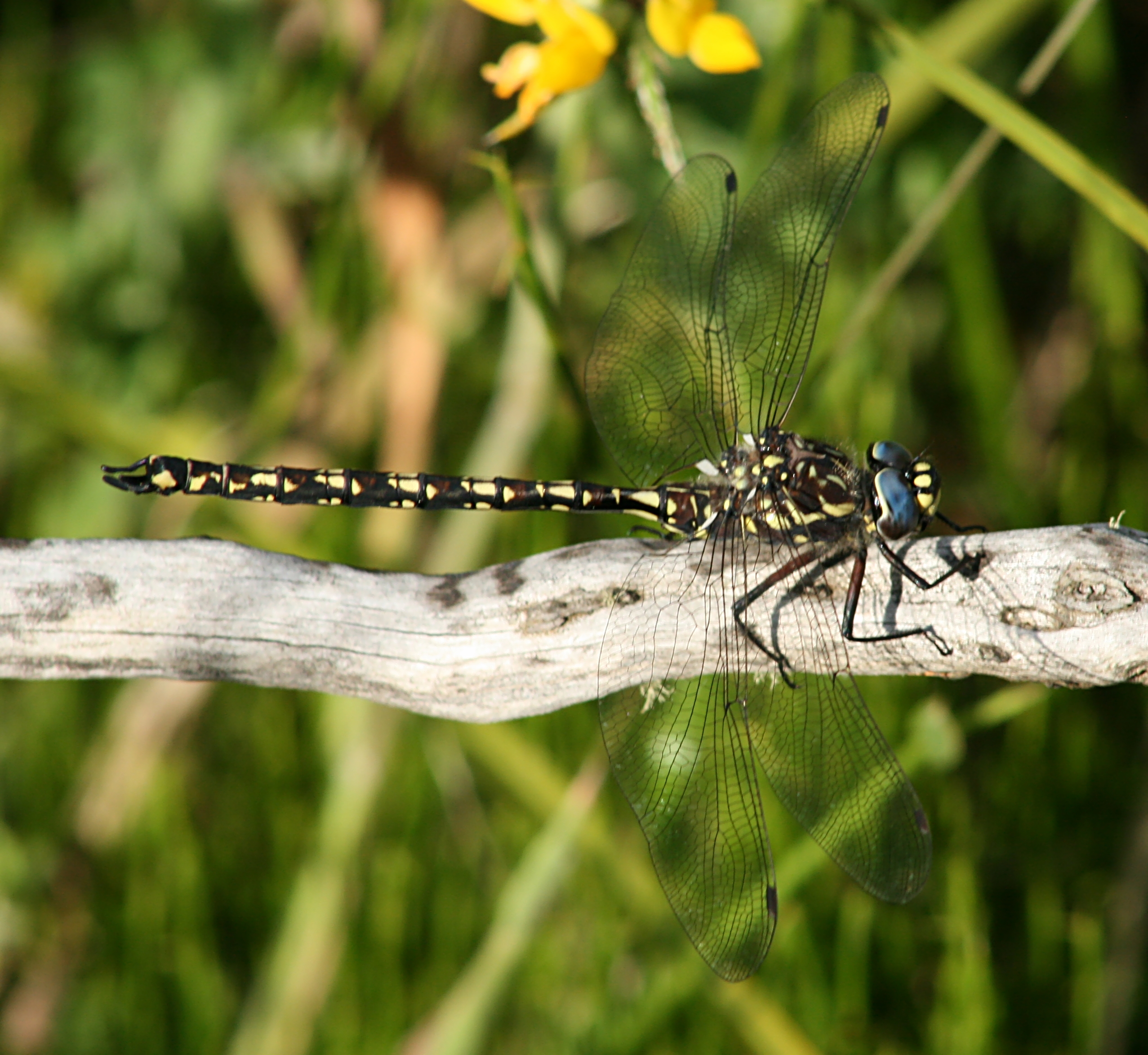|
Austroaeschna Pinheyi
''Austroaeschna pinheyi'' is a species of Australian dragonfly in the family Telephlebiidae, known as an inland darner. It has only been found in the Carnarvon Gorge vicinity of Central Queensland, where it inhabits streams. ''Austroaeschna pinheyi'' is a shorter-bodied blackish dragonfly with pale markings. Etymology In 2001, Günther Theischinger named this species ''pinheyi'', an eponym in acknowledgement of his colleague Elliot Pinhey, an entomologist who worked extensively in Africa and made major contributions to the knowledge of dragonflies and other insect groups. Gallery Austroaeschna pinheyi female wings (35053269615).jpg, Female wings Austroaeschna pinheyi male wings (35053275745).jpg, Male wings Note Until recently, ''Austroaeschna pinheyi'' was considered to be a subspecies of ''Austroaeschna unicornis ''Austroaeschna unicornis'' is a species of dragonfly in the family Telephlebiidae, known as the unicorn darner. It is found in eastern Australia, from Brisb ... [...More Info...] [...Related Items...] OR: [Wikipedia] [Google] [Baidu] |
Günther Theischinger
{{Short pages monitor ... [...More Info...] [...Related Items...] OR: [Wikipedia] [Google] [Baidu] |
Dragonfly
A dragonfly is a flying insect belonging to the infraorder Anisoptera below the order Odonata. About 3,000 extant species of true dragonfly are known. Most are tropical, with fewer species in temperate regions. Loss of wetland habitat threatens dragonfly populations around the world. Adult dragonflies are characterized by a pair of large, multifaceted compound eyes, two pairs of strong, transparent wings, sometimes with coloured patches, and an elongated body. Many dragonflies have brilliant iridescent or metallic colours produced by structural colouration, making them conspicuous in flight. An adult dragonfly's compound eyes have nearly 24,000 ommatidia each. Dragonflies can be mistaken for the closely related damselflies, which make up the other odonatan infraorder ( Zygoptera) and are similar in body plan though usually lighter in build; however, the wings of most dragonflies are held flat and away from the body, while damselflies hold their wings folded at rest, along or ... [...More Info...] [...Related Items...] OR: [Wikipedia] [Google] [Baidu] |
Telephlebiidae
Telephlebiidae is a family of dragonflies endemic to eastern and south-western Australia. They are medium-sized to very large dragonflies, generally found around streams. The family Telephlebiidae is not recognised in the World Odonata List at the Slater Museum of Natural History, but rather its species are considered to be part of the Aeshnidae family. Genera The family includes the following genera: * ''Acanthaeschna'' * ''Antipodophlebia'' * ''Austroaeschna'' * ''Austrophlebia'' * ''Dromaeschna'' * ''Notoaeschna'' * ''Spinaeschna'' * ''Telephlebia ''Telephlebia'' is a genus of dragonflies in the family Telephlebiidae, endemic to eastern Australia. Species of ''Telephlebia'' are medium to large, dark chestnut brown dragonflies with dark markings on the leading edge of their wings. They are ...'' References {{Taxonbar, from=Q12005436 Odonata families Odonata of Australia Endemic fauna of Australia Insects described in 1913 ... [...More Info...] [...Related Items...] OR: [Wikipedia] [Google] [Baidu] |
Australian Faunal Directory
The Australian Faunal Directory (AFD) is an online catalogue of taxonomic and biological information on all animal species In biology, a species is the basic unit of Taxonomy (biology), classification and a taxonomic rank of an organism, as well as a unit of biodiversity. A species is often defined as the largest group of organisms in which any two individuals of ... known to occur within Australia. It is a program of the Department of Climate Change, Energy, the Environment and Water of the Government of Australia. By May 12, 2021, the Australian Faunal Directory has collected information about 126,442 species and subspecies. It includes the data from the discontinued ''Zoological Catalogue of Australia'' and is regularly updated. Started in the 1980s, it set a goal to compile a "list of all Australian fauna including terrestrial vertebrates, ants and marine fauna" and create an "Australian biotaxonomic information system".''Commonwealth Record'', Volume 5, Issues 26-34, ... [...More Info...] [...Related Items...] OR: [Wikipedia] [Google] [Baidu] |
Australian Biological Resources Study
Australian Biological Resources Study (ABRS) is a project undertaken by Parks Australia Division of Australia's Department of the Environment, Water, Heritage and the Arts (DEWHA). Background ABRS was founded in 1973 from the recommendations of a 1972 Senate Select Committee report on Wildlife Conservation. Its purpose is to collate from the many libraries, museums and other collections the taxonomy of Australia's estimated 2 million species of flora and fauna, including aquatic species. These represent almost 20% of the earth's biodiversity, 80% of which are unique to Australia. ABRS has undertaken active funding for taxonomic research of Australia's biodiversity and is internationally recognised for its extensive data bases and publications. Publications The most important outputs of the ABRS has been the publication of the multi-volume '' Flora of Australia'' and ''Fauna of Australia'' series. Other output includes '' The Banksia Atlas'' and the "Platypus" database ... [...More Info...] [...Related Items...] OR: [Wikipedia] [Google] [Baidu] |
Carnarvon Gorge
Carnarvon Gorge is located in the Southern Brigalow Belt bioregion in Central Queensland ( Australia), 593 km northwest of Brisbane. Primarily created by water erosion, Carnarvon Gorge is around 30 kilometres long, located in Carnarvon National Park, and six hundred metres deep at the mouth. It is the most visited feature within Carnarvon National Park due to the diversity of experiences it contains and the ease with which it can be accessed. The closest towns are Injune and Rolleston. In 2009 as part of the Q150 celebrations, the Carnarvon Gorge was announced as one of the Q150 Icons of Queensland for its role as a "Natural attraction". History Some western researchers have suggested that Aboriginal people did not live in the gorge permanently, due to defensive concerns and lack of food resources, whilst others suggest that permanent occupation was not allowed due to the gorge being considered sacred. The dreamtime stories tell a tale of the Rainbow Serpent which made ... [...More Info...] [...Related Items...] OR: [Wikipedia] [Google] [Baidu] |
Eponym
An eponym is a person, a place, or a thing after whom or which someone or something is, or is believed to be, named. The adjectives which are derived from the word eponym include ''eponymous'' and ''eponymic''. Usage of the word The term ''eponym'' functions in multiple related ways, all based on an explicit relationship between two named things. A person, place, or thing named after a particular person share an eponymous relationship. In this way, Elizabeth I of England is the eponym of the Elizabethan era. When Henry Ford is referred to as "the ''eponymous'' founder of the Ford Motor Company", his surname "Ford" serves as the eponym. The term also refers to the title character of a fictional work (such as Rocky Balboa of the ''Rocky'' film series), as well as to ''self-titled'' works named after their creators (such as the album ''The Doors'' by the band the Doors). Walt Disney created the eponymous Walt Disney Company, with his name similarly extended to theme parks su ... [...More Info...] [...Related Items...] OR: [Wikipedia] [Google] [Baidu] |
Elliot Pinhey
Elliot Charles Gordon Pinhey (18 July 1910 in Knokke, Bruges – 7 May 1999 in Cowfold near Horsham, West Sussex) was an entomologist who worked in Africa and specialised in African Lepidoptera and Odonata. Born of British parents on holiday in Belgium, Pinhey made major contributions in entomology to the knowledge of butterflies, moths and dragonflies. Elliot Pinhey's interest in natural history first developed during his early education in England. He obtained a BSc at the University of London in mathematics, physics, chemistry and biology in 1934, after which he joined the teaching profession as a Science Master. His chronically poor health led to his doctor's suggesting he emigrate to a more congenial climate. Accordingly, he arrived in Southern Rhodesia in 1939 and took up a teaching post as Science Master. A stint with the Royal Air Force Meteorology department followed, and on his release he joined the Agriculture Department as economic entomologist, working on Acarina, Co ... [...More Info...] [...Related Items...] OR: [Wikipedia] [Google] [Baidu] |
Biodiversity Heritage Library
The Biodiversity Heritage Library (BHL) is the world’s largest open access digital library for biodiversity literature and archives. BHL operates as worldwide consortiumof natural history, botanical, research, and national libraries working together to address this challenge by digitizing the natural history literature held in their collections and making it freely available for open access as part of a global “biodiversity community.” The BHL consortium works with the international taxonomic community, publishers, bioinformaticians, and information technology professionals to develotools and servicesto facilitate greater access, interoperability, and reuse of content and data. BHL provides a range of services, data exports, and APIs to allow users to download content, harvest source data files, and reuse materials for research purposes. Through taxonomic intelligence tools developed bGlobal Names Architecture BHL indexes the taxonomic names throughout the collection, allowing ... [...More Info...] [...Related Items...] OR: [Wikipedia] [Google] [Baidu] |
Austroaeschna Unicornis
''Austroaeschna unicornis'' is a species of dragonfly in the family Telephlebiidae, known as the unicorn darner. It is found in eastern Australia, from Brisbane to Tasmania and around Adelaide in South Australia, where it inhabits rivers and streams. ''Austroaeschna unicornis'' is a long-bodied, brown to black dragonfly with pale blue markings. Gallery Maroon dorsal detail (15764916084).jpg, Male wings Maroon flank (16201153189).jpg, Male, side view Unicorn Darner (8974768805).jpg, Newly emerged adult Unicorn Darner wing (8974784437).jpg, New wings Unicorn Darner face (8974772611).jpg, Face Maroon tail tip lateral (16201147259).jpg, Male tip of tail Austroaeschna unicornis female wings (34242699763).jpg, Female wings Austroaeschna unicornis male wings (35053358295).jpg, Male wings Note Until recently, ''Austroaeschna pinheyi ''Austroaeschna pinheyi'' is a species of Australian dragonfly in the family Telephlebiidae, known as an inland darner. It has only been found in the ... [...More Info...] [...Related Items...] OR: [Wikipedia] [Google] [Baidu] |
List Of Odonata Species Of Australia
This is a list of species of damselflies and dragonflies recorded in Australia. Common names of species are linked, beside their scientific names. The list is split into two groups: damselflies (suborder Zygoptera) and other dragonflies (infraorder Anisoptera). Those groups are organized in Families and then Genera and Species. Zygoptera (damselflies) Coenagrionidae genus: ''Aciagrion'' :* Blue slim, ''Aciagrion fragilis'' genus: ''Agriocnemis'' :* Silver wisp, ''Agriocnemis argentea'' :* Tropical wisp, ''Agriocnemis dobsoni '' :* Pilbara wisp, ''Agriocnemis kunjina '' :* Pygmy wisp, ''Agriocnemis pygmaea'' :* Red-rumped wisp, ''Agriocnemis rubricauda'' :*'' Agriocnemis thoracalis'' genus: '' Archibasis'' :* Blue-banded longtail, ''Archibasis mimetes '' genus: '' Argiocnemis'' :* Red-tipped shadefly, ''Argiocnemis rubescens '' genus: '' Austroagrion'' :* South-western billabongfly, ''Austroagrion cyane '' :* Northern billabongfly, ''Austroagrion exclamationis ' ... [...More Info...] [...Related Items...] OR: [Wikipedia] [Google] [Baidu] |
Odonata Of Australia
Odonata is an order of flying insects that includes the dragonflies and damselflies. Members of the group first appeared during the Triassic, though members of their total group, Odonatoptera, first appeared in Late Carboniferous. The two common groups are distinguished with dragonflies, placed in the suborder Epiprocta, usually being larger, with eyes together and wings up or out at rest, while damselflies, suborder Zygoptera, are usually smaller with eyes placed apart and wings along body at rest. All Odonata have aquatic larvae called naiads (nymphs), and all of them, larvae and adults, are carnivorous. The adults can land, but rarely walk. Their legs are specialised for catching prey. They are almost entirely insectivorous. Etymology and terminology Fabricius coined the term ''Odonata'' in 1793 from the Ancient Greek ( Ionic form of ) 'tooth'. One hypothesis is that it was because their maxillae are notably toothed. Most insects also have toothed mandibles. The ... [...More Info...] [...Related Items...] OR: [Wikipedia] [Google] [Baidu] |





